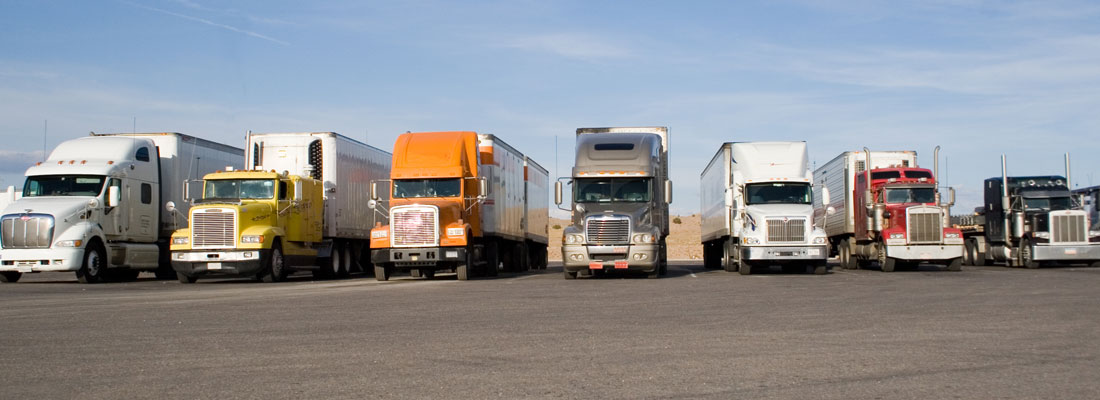An update with a significant impact for drivers operating in the United States was announced by the Federal Motor Carrier Safety Administration (FMCSA) in June 2018. Under the new guidance, a driver can now operate a commercial motor vehicle for personal conveyance, even when it is laden, which was not the case before. Unchanged since its creation in 1997, the guidance now offers more flexibility.
“The movement from a shipper or receiver to the nearest safe resting area may be identified as personal conveyance, regardless of whether the driver exhausted his or her HOS, as long as the CMV is being moved solely to enable the driver to obtain the required rest at a safe location. The Agency recognizes that the driver may not be aware of the direction of the next dispatch and that in some instances the nearest safe resting location may be in the direction of that dispatch. If the driver proceeds to the nearest reasonable and safe location and takes the required rest, this would qualify as personal conveyance. FMCSA recommends that the driver annotate on the log if he/she cannot park at the nearest location and must proceed to another location.”
These changes result from more than 380 comments made as part of a review initiated by the FMCSA in December 2017. Here is an update published yesterday on the Federal Motor Carrier Safety Administration website.
“Guidance: A driver may record time operating a CMV for personal conveyance (i.e., for personal use or reasons) as off-duty only when the driver is relieved from work and all responsibility for performing work by the motor carrier. The CMV may be used for personal conveyance even if it is laden, since the load is not being transported for the commercial benefit of the carrier at that time.”
Here are a few examples of appropriate uses of a CMV while off-duty for personal conveyance.
Time spent traveling from a driver’s en route lodging (such as a motel or truck stop) to restaurants and entertainment facilities.
Commuting between the driver’s terminal and his or her residence, between trailer-drop lots and the driver’s residence, and between work sites and his or her residence.
Time spent traveling to a nearby, reasonable, safe location to obtain required rest after loading or unloading.
Moving a CMV at the request of a safety official during the driver’s off-duty time.
Time spent transporting personal property while off-duty.
Authorized use of a CMV to travel home after working at an offsite location.
Now, here are examples of uses of a CMV that would not qualify as personal conveyance.
The movement of a CMV in order to enhance the operational readiness of a motor carrier.
After delivering a towed unit, and the towing unit no longer meets the definition of a CMV, the driver returns to the point of origin under the direction of the motor carrier to pick up another towed unit.
Continuation of a CMV trip in interstate commerce in order to fulfill a business purpose, including bobtailing or operating with an empty trailer in order to retrieve another load or repositioning a CMV (tractor or trailer) at the direction of the motor carrier.
Time spent transporting a CMV to a facility to have vehicle maintenance performed.
After being placed out of service for exceeding the maximum periods permitted under part 395, time spent driving to a location to obtain required rest, unless so directed by an enforcement officer at the scene.
Time spent traveling to a motor carrier’s terminal after loading or unloading from a shipper or a receiver.
For more details on the updated guidance, please visit FMCSA’s website: https://www.fmcsa.dot.gov/regulations/hours-service/personal-conveyance

